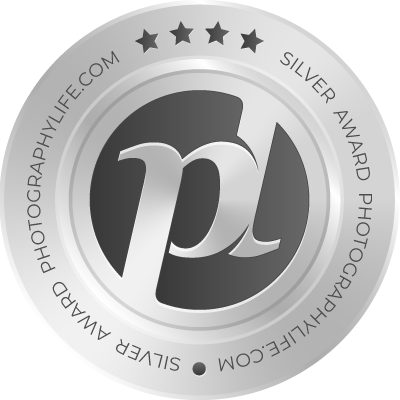Summary
Coming from a Nikon DSLR background, I did not know what to expect from the newly released Sony SLT-A77 camera. Its impressive performance characteristics, high resolution and bundled features were the reason why I decided to give Sony a try. After several months of using the camera in various environments, I am happy to say that I am very impressed by this solid and highly capable camera. Sony chose the path of innovation to differentiate itself from the competition and put a lot of effort into making the translucent mirror (SLT) and electronic viewfinder (EVF) technologies work, challenging the outdated 60-year-old SLR. Its implementation of the cutting-edge OLED electronic viewfinder contributes to the success of the SLT line. I have tried out other cameras with electronic viewfinders before (including the new Nikon 1 V1) and none of them even remotely compare to the gorgeous OLED viewfinder on the Sony A77. I was at first somewhat skeptical of an electronic viewfinder, but my view changed rather quickly after using the camera. In my opinion, seeing the live view screen both on the LCD and inside the viewfinder without having to lock up the mirror outweighs the disadvantages of the EVF and ability to see exposure changes live with plenty of useful overlay information can be invaluable, especially for beginners.
Its high resolution 24.3 MP sensor yields impressive images at low ISOs. However, higher ISO levels (especially above ISO 3200) tend to produce too much noise due to high pixel pitch. There is also a considerable amount of detail and color loss, which is expected from such a high-resolution sensor. As I have explained in my “benefits of a high-resolution sensor” article though, these performance differences are greatly reduced when images from the Sony A77 are down-sampled to a smaller resolution. Coupled with the upgraded BIONZ image processor, the Sony A77 can deliver up to 12 frames per second of full-resolution images. Sadly, due to the sheer size of high-resolution images, especially in RAW format, the buffer on the camera is too small to accommodate more than a second worth of images.
The AF performance of the camera is good, but does not quite match the AF performance of a Nikon equivalent such as Nikon D7000, especially in continuous drive mode. Wildlife and sports photographers should probably stick to Nikon/Canon DSLRs for now, until Sony addresses these AF issues (Sony does not yet have a good selection of long telephoto lenses anyway). As for ergonomics, I find the button placement on the back of the A77 to be rather random, making it difficult to efficiently use the camera. While many of the buttons are programmable, I just think that Sony should have followed a simpler layout like on the Sony A65. On a positive note, the tilt/swivel LCD implementation is the best I have seen in any camera to date. While there are some lags and annoyances here and there, I believe Sony can iron most of them out via future firmware updates.
Overall, I am very impressed by the Sony SLT-A77 and I highly recommend it to our readers. I mostly used the Sony A77 for photographing landscapes and I can honestly say that I would not hesitate to use it professionally for my work. In fact, some of the images I captured with the Sony A77 have already made their way into my portfolio.
Sony A77
- Features
- Build Quality
- Focus Speed and Accuracy
- Handling
- Value
- Image Quality
- High ISO Performance
- Size and Weight
- Metering and Exposure
- Movie Recording Features
- Dynamic Range
Photography Life Overall Rating

Table of Contents